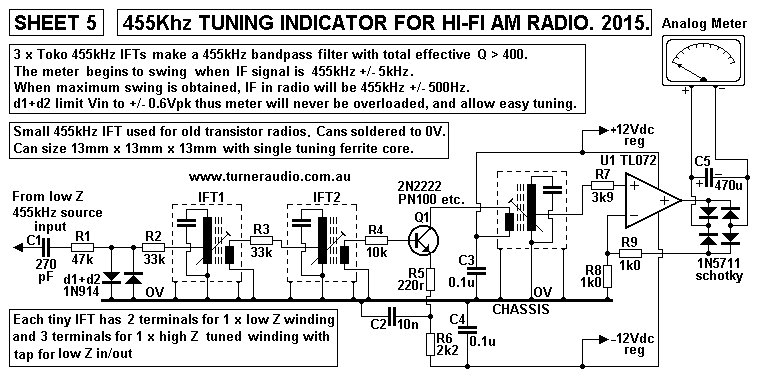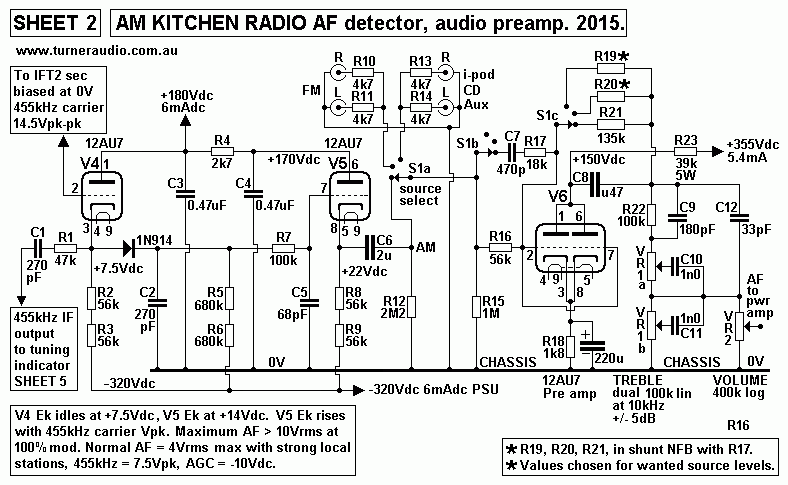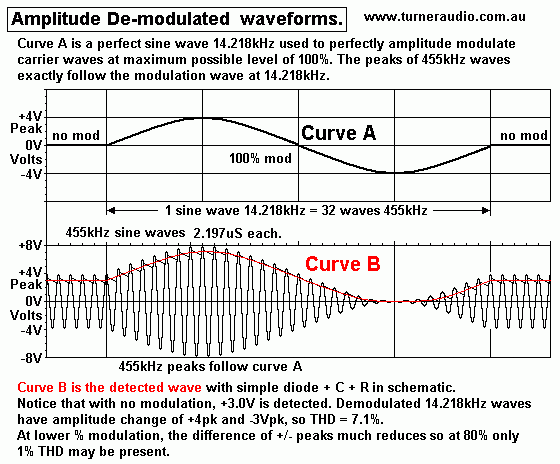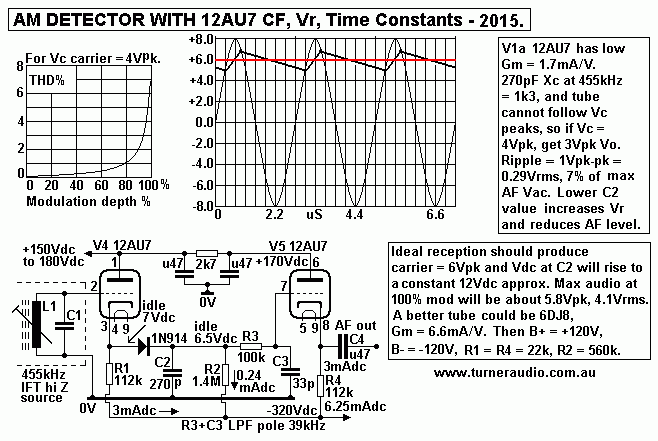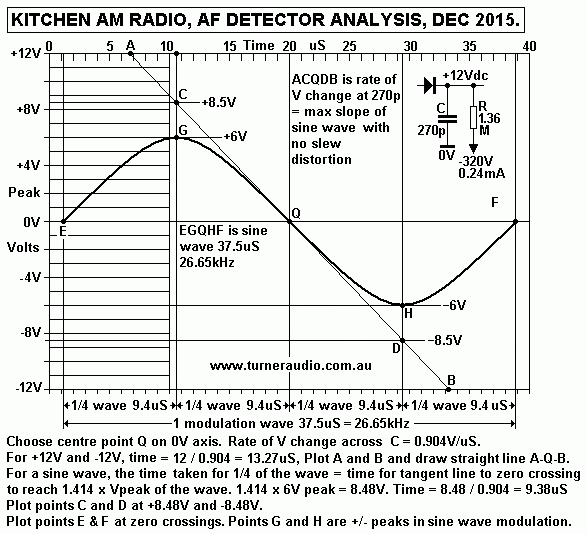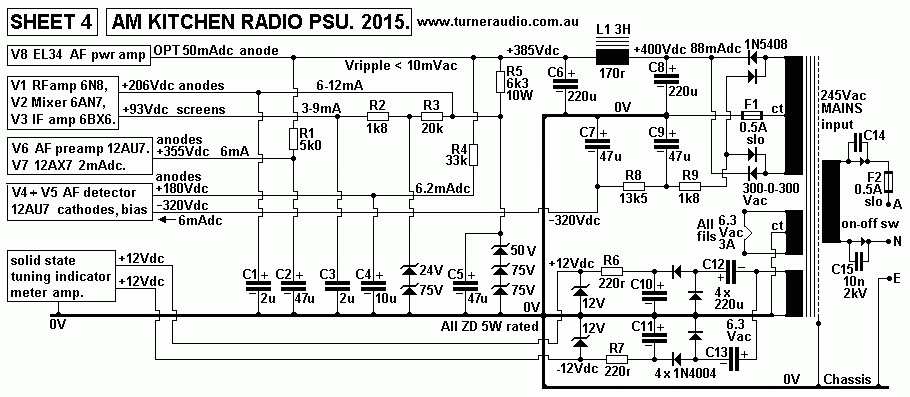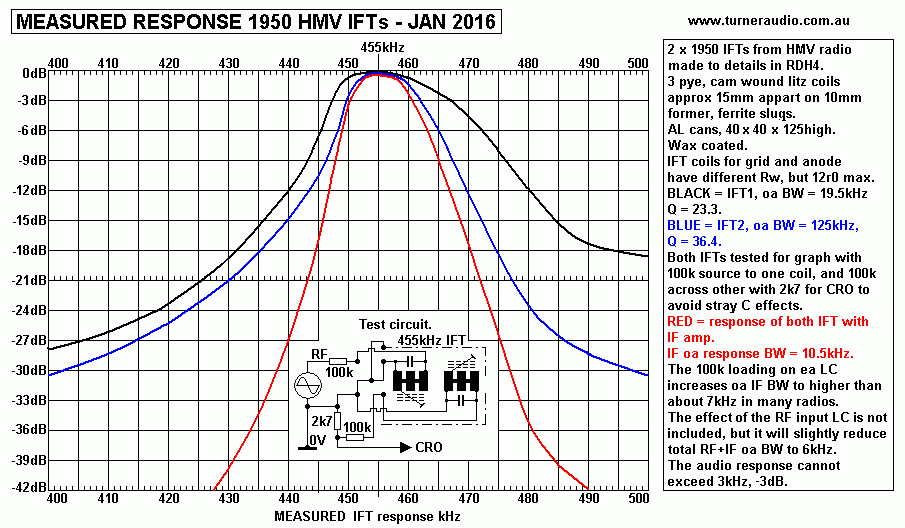| 87.6 |
5W |
Raw FM|rep
- Canberra ACT dance/urban |
| 87.8 |
1W |
UCFM - Canberra ACT college (Univ.-Canberra) |
| 88.0 |
1W |
Radio
Austral|rep - Canberra ACT community
espanol |
| 88.7 |
100W |
ACT TAB (1TAB)
- Tuggeranong ACT sports (racing) |
| 89.5 |
100W |
Valley FM (1VFM)
- Tuggeranong ACT community |
| 90.3 |
100W |
ArtSound FM (1ART/T)|rep
- Tuggeranong ACT community/jazz/blues/world... |
| 91.1 |
20kW |
CMS Radio (1CMS)
- Canberra ACT community
multi-languages |
| 91.9 |
20kW |
One Way FM (1WAY)
- Canberra ACT religious |
| 92.7 |
20kW |
ArtSound FM (1ART)
- Canberra ACT community/jazz/blues/world... |
| 94.3 |
100W |
One Way FM (1WAY/T)|rep
- Tuggeranong ACT religious |
| 96.7 |
500W |
QBN-FM (2QBN)
- Queanbeyan NSW community |
| 97.5 |
300W |
Hot Country Canberra - Queanbeyan NSW country,narrowcast |
| 98.3 |
20kW |
2XX FM (1XXR)
- Canberra ACT community |
| 99.9 |
100W |
ABC News Radio (2PB/T)|rep
- Tuggeranong ACT news |
| 100.7 |
200W |
104.7FM (2ROC/T)|rep
- Tuggeranong ACT CHR-pop |
| 101.5 |
80kW |
ABC Triple J (2JJJ/T)|rep
- Canberra ACT |
| 102.3 |
20kW |
Mix 102.3 (1CBR)
- Canberra ACT hot ac |
| 103.9 |
80kW |
ABC News Radio (2PB/T)|rep
- Canberra ACT news |
| 104.7 |
20kW |
104.7FM (2ROC)
- Canberra ACT CHR-pop |
| 105.5 |
80kW |
SBS Radio 1 (2SBSFM)|rep
- Canberra ACT public/multi-langua service |
| 106.3 |
80kW |
1ABCFM - Canberra ACT classical |
| 107.1 |
100W |
Mix 102.3 (1CBR/T)|rep
- Tuggeranong ACT hot ac
|


